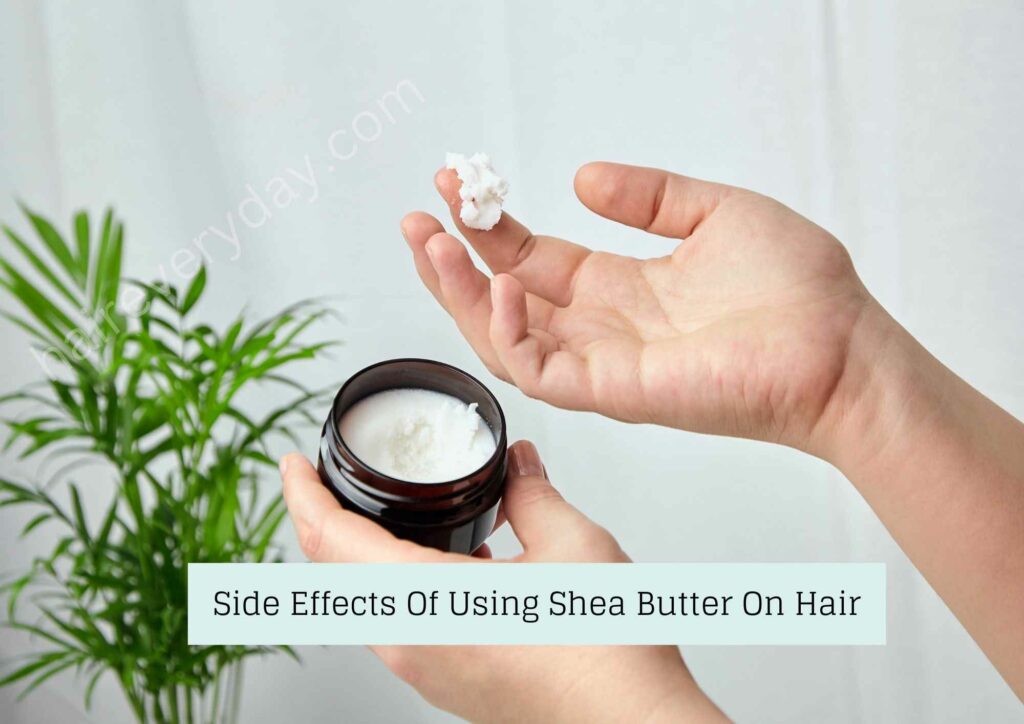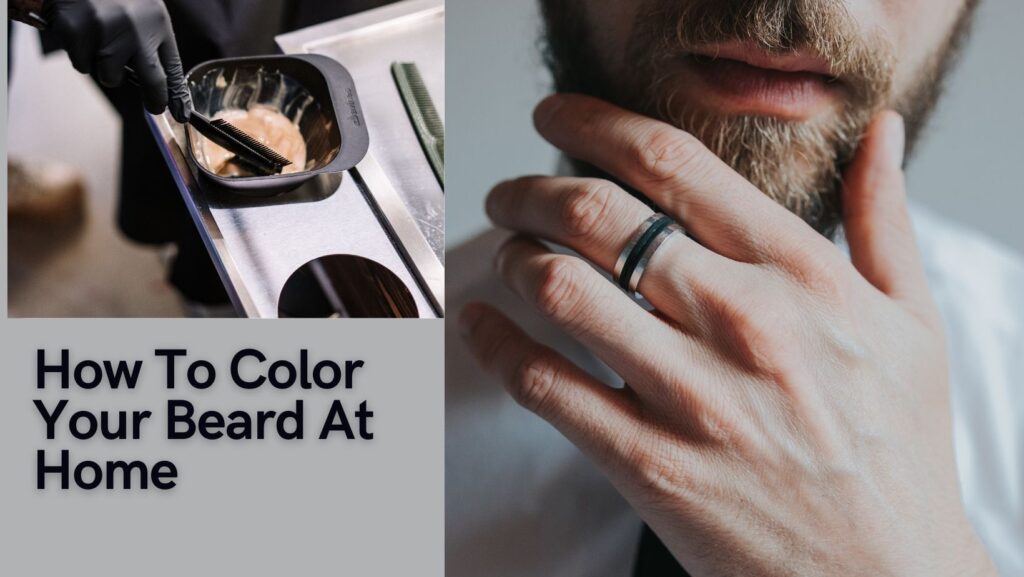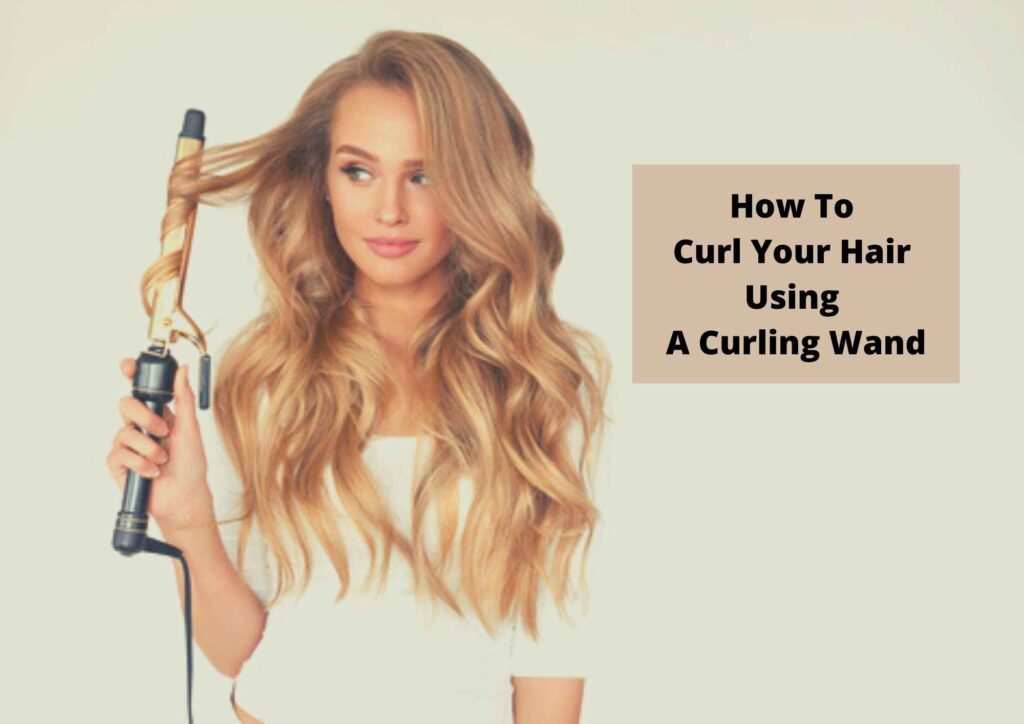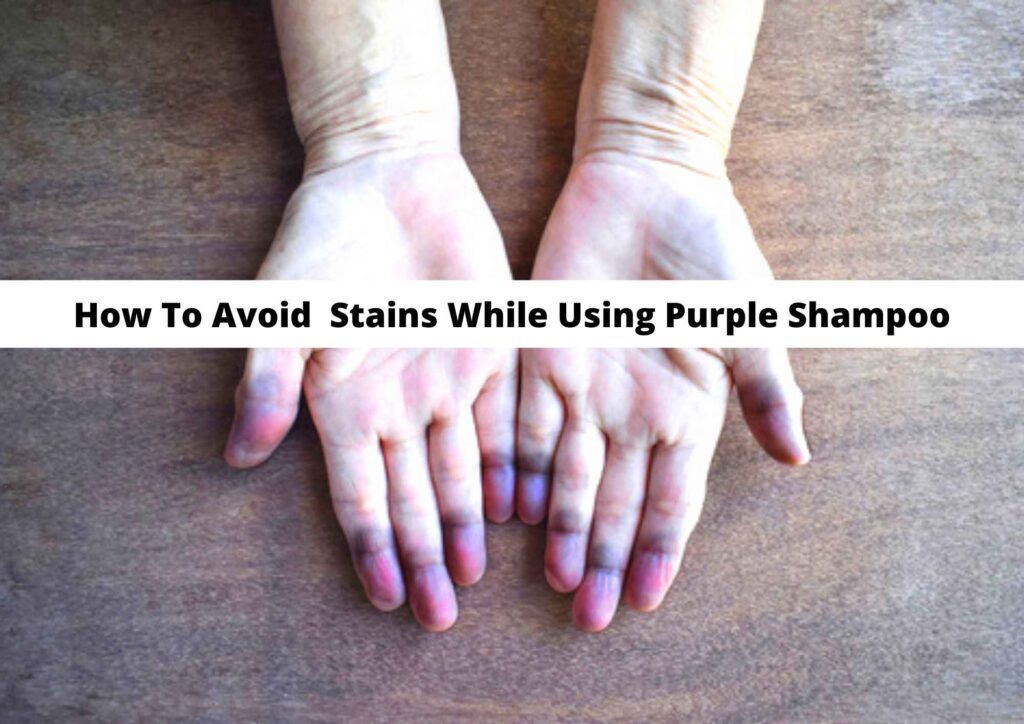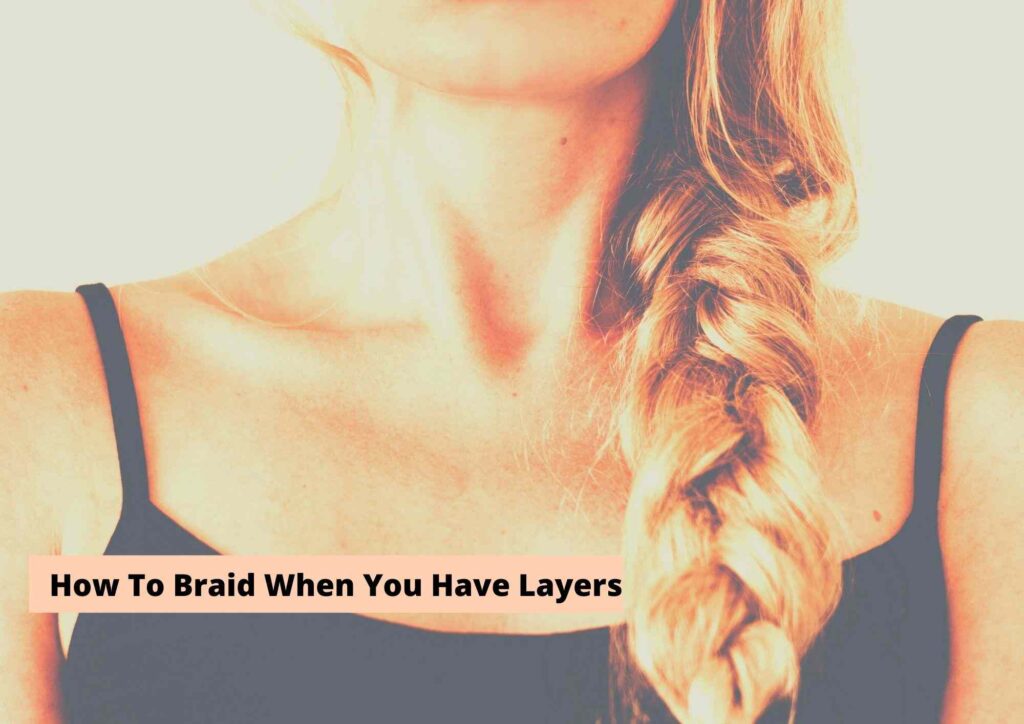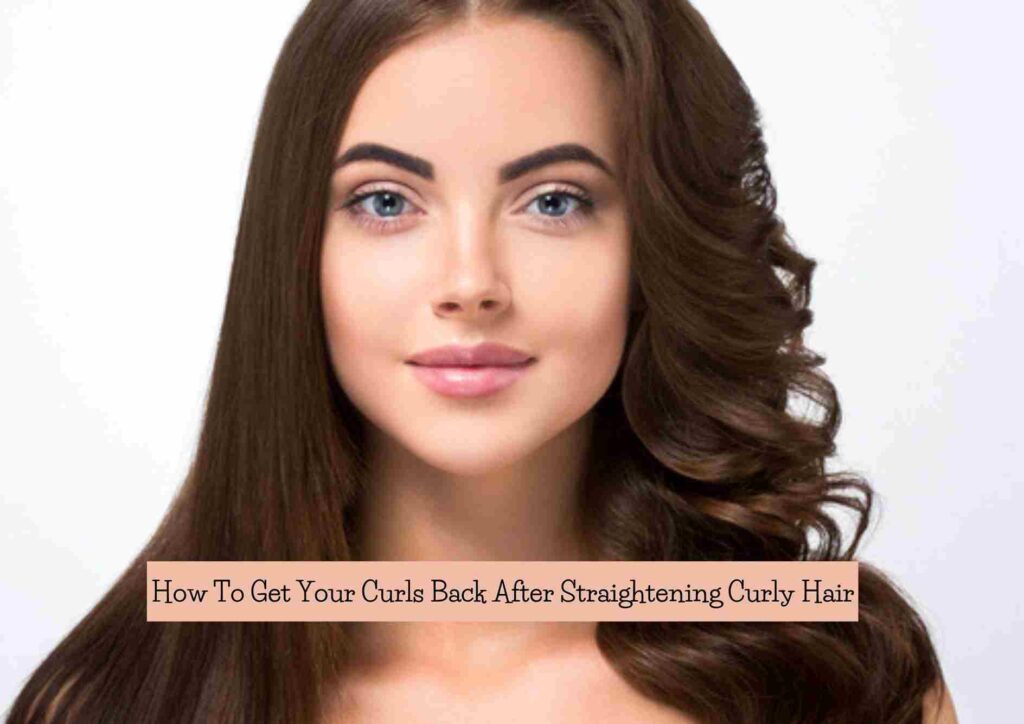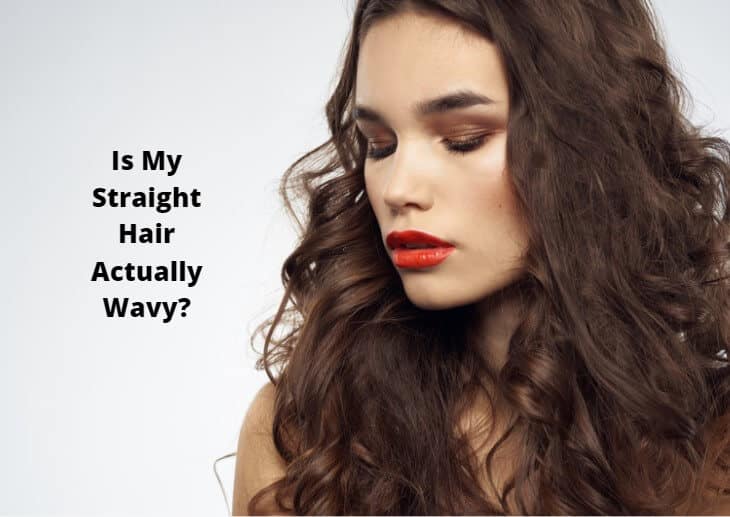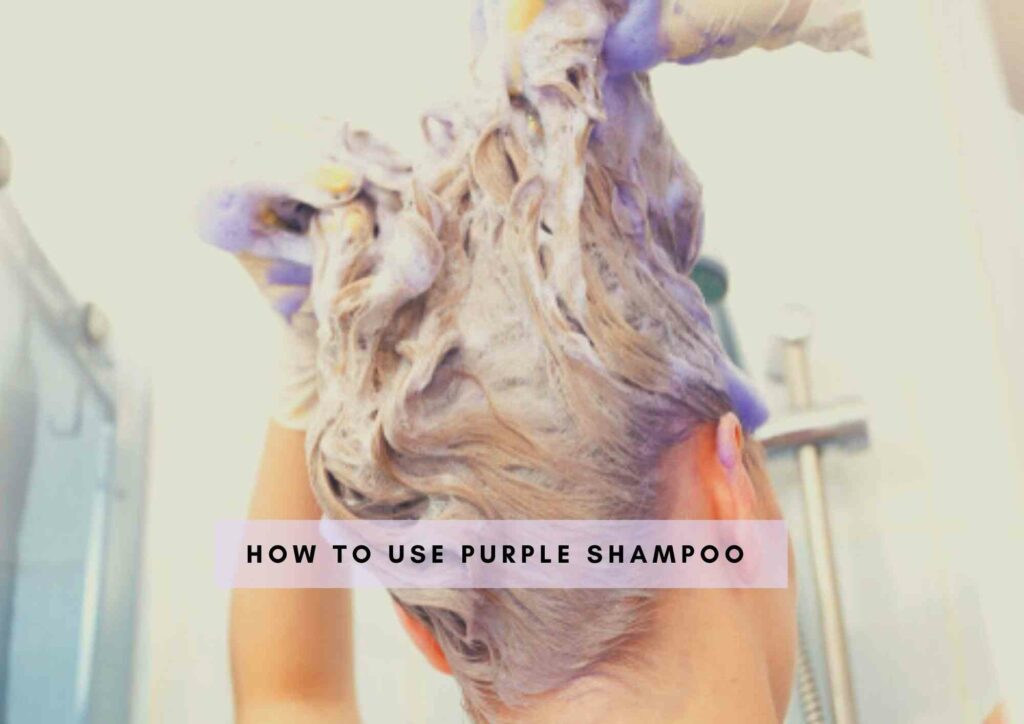Check out some Side Effects Of Using Shea Butter On Hair in my article below. You can learn if you can use shea butter for thin hair or if you have scalp issues like dandruff or alopecia.
Shea butter, derived from the nuts of the African Shea tree, has gained popularity in hair care routines due to its purported benefits.
However, like any product, it comes with potential side effects to consider. While shea butter is rich in vitamins and fatty acids that can moisturize and nourish the hair, excessive use might lead to greasiness and weighed-down strands, especially for those with fine hair types.
Also, if you are an individual with nut allergies, please take caution, as shea butter could trigger allergic reactions.
Its natural thickness can be challenging to wash out completely, potentially leading to product buildup and clogged hair follicles.
Understanding the side effects of using shea butter on hair is crucial to making informed decisions about its incorporation into your hair care regimen. Let us find out:
Why You Should Trust Haireveryday?
The author of this article, Leah Marie Priest has a degree in Cosmetology with years of experience in dealing with hair care, scalp care, and hairstyling. As someone who extensively deals with all kinds of hair textures, products, styling methods and more, hair Leah Marie knows what kind of products and procedures suit each hair type and person. We have also tested these hair products and processes ourselves to provide you an unbiased review about every product. Each of our articles are also reviewed by a team of medical professionals so that you get the most accurate and expert-reviewed information.
Side effects of using shea butter on hair

Shea butter is a natural oil that has many benefits for the skin and hair. It is a rich source of vitamins A and E, which are essential for healthy hair growth. Shea butter also helps to moisturize the hair and scalp, which can prevent dryness, frizz, and breakage.
However, there are some potential side effects of using shea butter on hair, including:
Weighed-Down Hair: Shea butter’s dense texture can make your hair feel heavy and look greasy, especially for individuals with fine or thin hair.
Product Buildup: The rich nature of Shea butter may lead to product buildup on the scalp and hair over time, potentially clogging hair follicles and impeding healthy growth. (Verma, Nandini et al. “Anti-inflammatory effects of shea butter through inhibition of iNOS, COX-2, and cytokines via the Nf-κB pathway in LPS-activated J774 macrophage cells.” Journal of complementary & integrative medicine vol. 9 Article 4. 12 Jan. 2012, doi:10.1515/1553-3840.1574)
Allergic Reactions: Individuals with nut allergies should be cautious, as Shea butter is derived from nuts and could trigger allergic reactions when applied to the hair and scalp.
Difficulty in Washing Out: Shea butter’s thickness can make it challenging to wash out completely, leaving a residue that affects hair’s manageability and appearance.
Scalp Irritation: Improper application or excessive use might cause scalp irritation, redness, or itchiness.
Acne: Shea butter can clog pores and cause acne, especially if you have oily skin or scalp. If you are prone to acne, it is best to avoid using shea butter on your hair.

Is Shea butter safe for thin, fine hair?
If you have thin, fine hair, it is best to avoid using shea butter directly on your hair. Instead, you can use products that contain shea butter as an ingredient, but in smaller amounts.
You can also try using whipped shea butter, which is lighter than regular shea butter. Here are some of the dangers of using shea butter on thin and fine hair:
- It can make the hair more difficult to style because it can lead to hair breakage.
- It can weigh the hair down and make it look greasy.
- It can clog the hair follicles and cause scalp irritation or dandruff.

Considerations for safe use-
- Use only a minimal amount to prevent the hair from becoming greasy or weighed down.
- Focus on applying shea butter to the mid-lengths and ends of the hair rather than the scalp to avoid excessive oiliness.
- Opt for high-quality, unrefined shea butter to ensure purity and avoid potential additives that might have harmful effects.
- Ensure thorough washing to prevent product buildup that could lead to clogged follicles.
- Conduct a patch test prior to widespread use, especially if you have a history of allergies.
Can I use Shea butter on my scalp with dandruff?
Using shea butter on a scalp with dandruff can be a bit tricky due to its rich and heavy nature, which may lead to dandruff-related issues.
While shea butter does offer moisturizing properties, it could potentially worsen dandruff, some potential dangers to consider:
- If shea butter is not properly rinsed out, it might trap moisture and create a breeding ground for fungi which can contribute to dandruff.
- Shea butter has the potential to clog hair follicles and pores on the scalp, leading to further irritation and potentially worsening dandruff.
- Shea butter’s thickness might make it challenging to evenly distribute on the scalp, resulting in uneven moisturization and potential areas of increased dandruff.
- Some individuals may have allergies to shea butter, which could lead to scalp irritation or allergic reactions, further aggravating dandruff.

Related: Can I Use Shea Butter For High Porosity Hair
Related: Is Shea Butter Good For Hair
Can I use shea butter on my scalp with psoriasis?

No, you should not use shea butter on your scalp if you have psoriasis. Shea butter is a thick, oily substance that can clog the hair follicles and worsen psoriasis symptoms.
Additionally, shea butter can trap moisture on the scalp, which can create a breeding ground for psoriasis-causing fungus.The consistency could potentially trap heat and moisture on the scalp, leading to irritation and worsen psoriasis symptoms.
Psoriasis requires specialized treatments such as medicated shampoos or topical corticosteroids. Relying solely on shea butter may not provide the necessary therapeutic effect.In some cases, using shea butter on psoriasis-affected areas might slow down the healing process, as the condition requires proper medical management.
Individuals with psoriasis-prone skin might be more susceptible to allergic reactions, and shea butter could potentially trigger such responses.
If you have psoriasis, it is best to avoid using shea butter on your scalp. Instead, you should use a psoriasis shampoo that contains ingredients that have been clinically proven to be effective against psoriasis, such as coal tar, salicylic acid, or calcipotriol.

Allergic Reactions Triggered by Using Shea Butter
Shea butter, although generally well-tolerated by many, has the potential to trigger allergic reactions in some individuals. It can range from mild to severe, so if you experience any discomfort after applying shea butter, please discontinue it immediately.
Common signs of an allergic reaction to shea butter include:
- Redness, itching, and rash on the area where shea butter was applied can indicate an allergic response.
- Swelling of the skin, especially around the area of application, can be a sign of an allergic reaction.
- Raised, itchy welts on the skin, known as hives, may develop after using shea butter.
- Some individuals might experience a burning or stinging sensation upon applying shea butter if they are allergic to it.
- In severe cases, blisters might form on the skin as a result of the allergic reaction.
- In extremely rare cases, inhaling particles of shea butter (such as in aerosolized products) could lead to respiratory symptoms like wheezing or difficulty breathing.
If you are concerned about the risk of an allergic reaction to shea butter, you should talk to your doctor. They can help you assess your risk and recommend other products that may be safe for you to use.
Takeaway
Overall, Shea butter is a safe and effective natural oil for most people to use on their hair but please be aware of the potential side effects and use it sparingly.
Some additional tips for using it sparingly include: Applying a small amount and gradually increasing as much as needed.
Apply the product to damp hair only but do not forget to wash it thoroughly later. Avoid using it altogether if you are allergic to tree nuts.
If you have any concerns about using shea butter on your hair or experience any side effects such as redness, itching or swelling after using it, it is best to consult your doctor or a dermatologist.
Also Read:
Seaweed Benefits for hair
To Summarize

